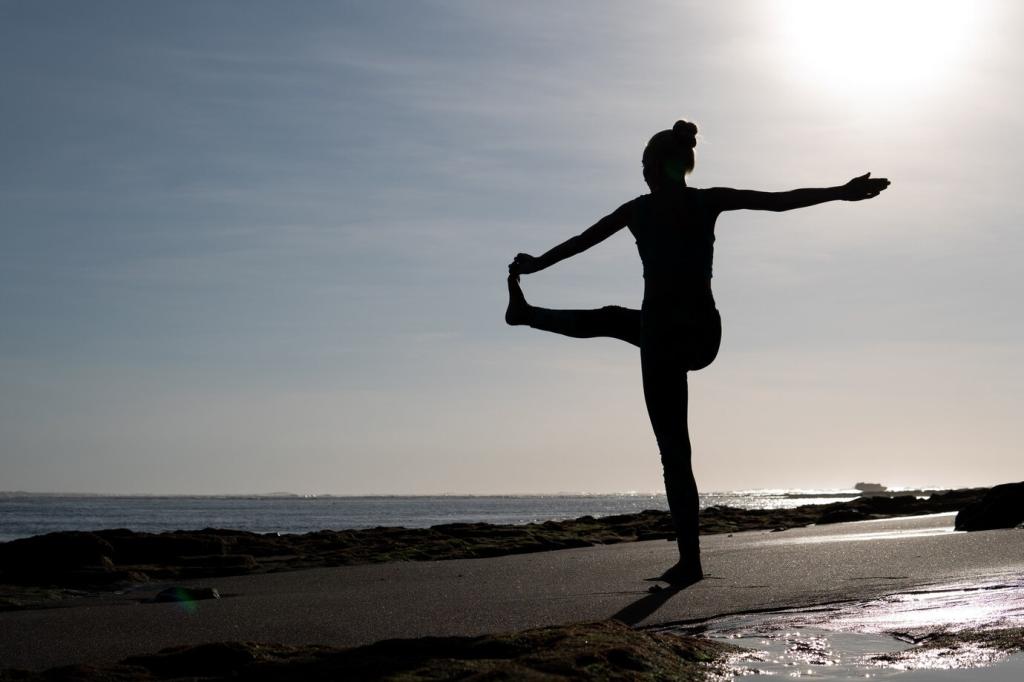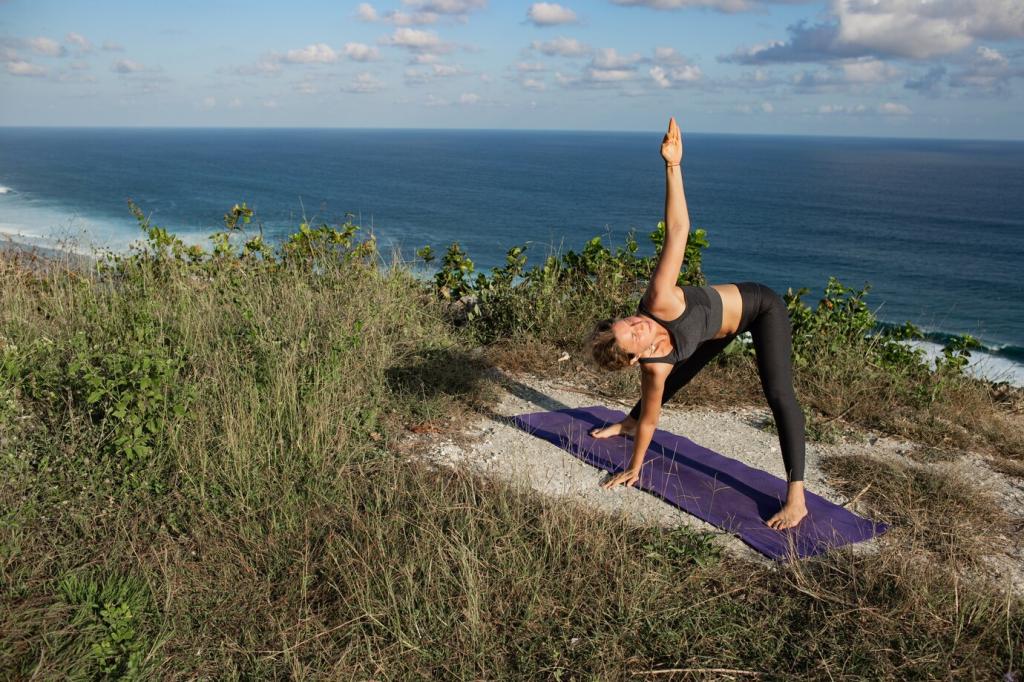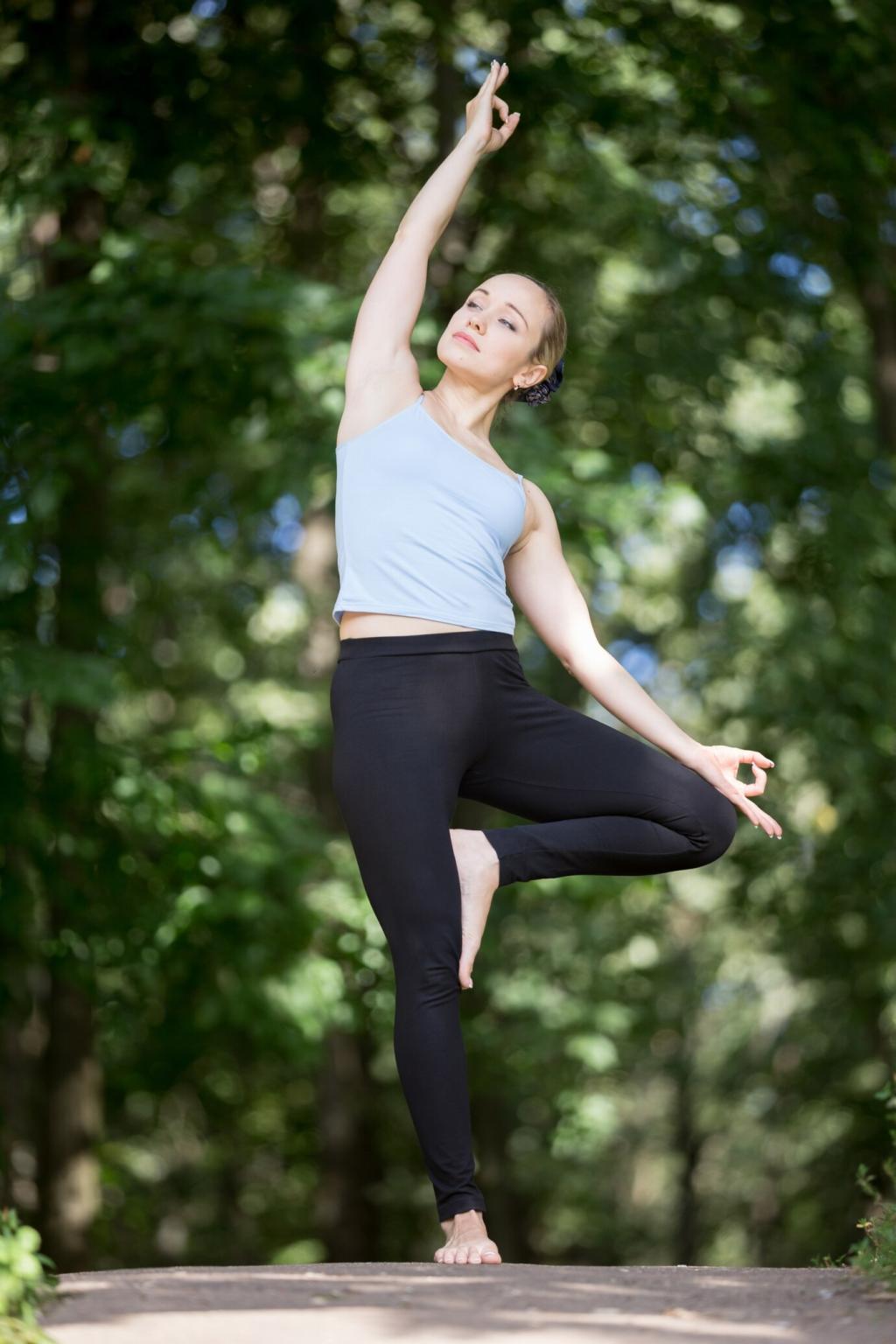Move Gently in Tight Spaces
Cross one ankle over the opposite knee, hinge a little forward, and breathe into hip space. Rotate wrists, trace circles with ankles, then roll shoulders back, inviting space between collarbones and ears.
Move Gently in Tight Spaces
Set a timer for three minutes. Do calf pumps, hamstring scoops, and gentle neck glides. Micro-movements matter when seats are scarce; they lubricate joints and keep energy available for arrivals.





